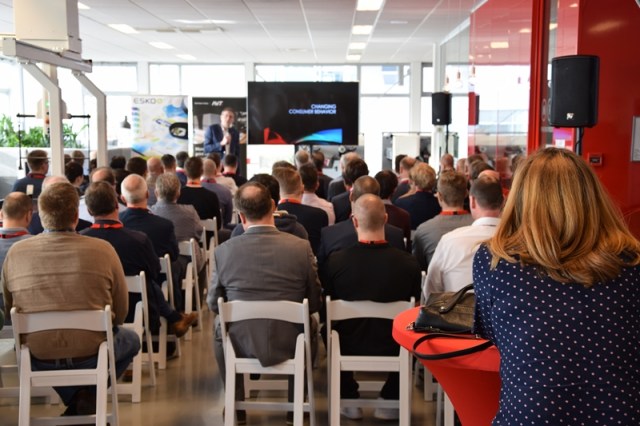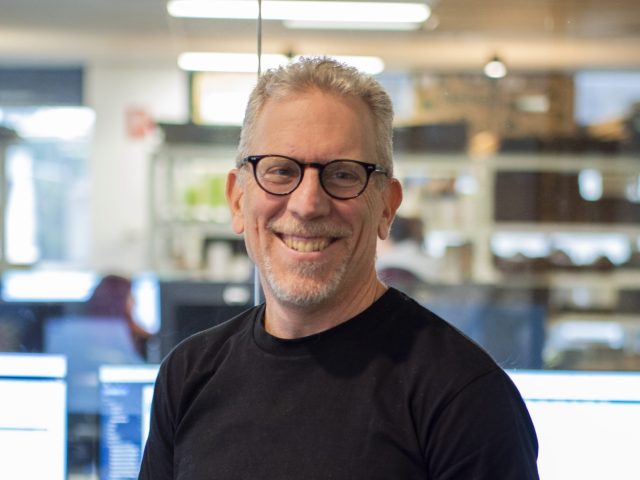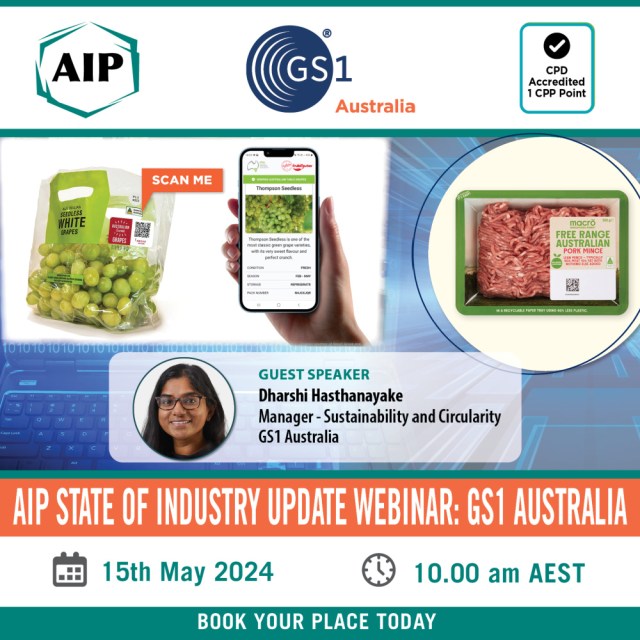
Miraclon regional lead Steve Smith took to the recent ProPack Packaging Forum to explain the importance of ‘modern flexo’ and referenced a case study from Sri Lanka where a customer decided on Miraclon’s ‘modern flexo’ technology.
Miraclon is a company that produces flexographic plates, and it was spun out of Kodak five years ago.
‘Modern flexo’ describes print production where:
- Flexo can achieve visual parity with gravure, offset and digital
- Results are consistent and predictable enough to enable printing by numbers
- Jobs are printed with as few colours as possible (more process, less spots)
- Print conditions offer wide print latitude and facilitate clean printing
- Outcomes can be optimised in more challenging environments, including with more sustainable materials
“Sustainability is an unfortunate word that gets thrown around a little too much. A lot of brands are undertaking what we call greenwashing, in trying to convince people that what they’re doing is sustainable. We look at sustainability as how we can reduce waste,” Smith said.
“In this market, most people will print four colour, plus one or two spot colours in flexo. In ‘modern flexo’, what we are doing is eliminating spot colours. By doing that, you’re looking at sustainability improvements.
“By reducing or eliminating spot colours, you’re going to increase the efficiency of your press. You’re also going to reduce the amount of VOCs caused by solvents when you wash down the decks each time you change a spot colour. This is the same as digital printing.”
Smith also spoke about visual parity, saying that in packaging, an end customer doesn’t pick up a package from the shelf based on if it was printed using digital, offset, gravure or flexographic technology.
“What we’re trying to achieve is digital parity on supermarket shelves. Today, you can’t see the difference,” he said.
Smith added that ‘modern flexo’ requirements are about self-standardisation, process optimisation, commitment to process control and a change in mindset.
“Miraclon’s FLEXCEL NX technology is all about precision from the start. It is an integrated solution that completes more jobs in less time, at lower cost.”
Smith also spoke about one of Miraclon’s customers in Sri Lanka that was deciding between both digital and flexo presses, and decided on FLEXCEL NX technology, which it installed in 2022.
This customer, ALFT Packaging, entered the printing industry 30 years ago and was a heavy user of gravure as it was the preferred choice of brands for quality tonal reproductions. But today, seeing no difference between gravure and flexo, consistency of the plates means the business is able to standardise the production process and get the maximum efficiency and productivity from the press.
“The best day they had over the past 12 months was, they did 21 job changeovers in two shifts. That’s phenomenal for flexo,” Smith said.
“It’s great time for flexo in Asia Pacific. Australia and New Zealand are well ahead and leading the way in the conversion from gravure to flexo. There are huge growth opportunities for everybody in this market,” Miraclon regional commercial director for the Asia Pacific region Andy Yarrow added, in a video recording during the session.
The inaugural ProPack Packaging Forum would not be possible without the support from its sponsors:
Platinum Sponsor – Durst Oceania
Gold Sponsor – Cyber
Gold Sponsor – Miraclon
Bronze Sponsor – Hybrid Software
Bronze Sponsor – Kissel & Wolf
Bronze Sponsor – Koenig & Bauer


